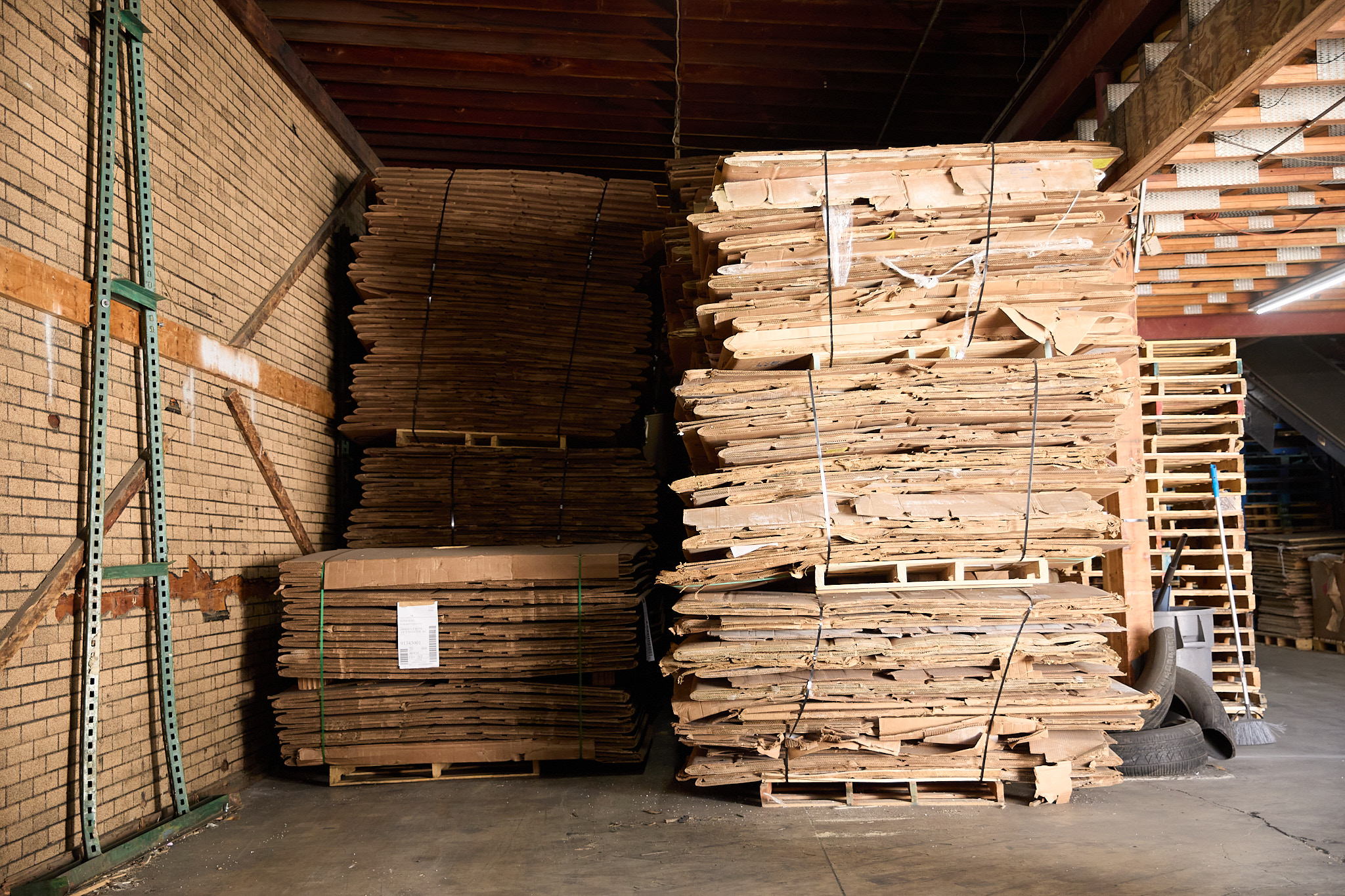If you’re working in shipping, warehousing, or any kind of bulk distribution, chances are you’ve come across a Gaylord box — even if you didn’t know it by name.
So, what is a Gaylord box?
At its core, a Gaylord box is a large, durable corrugated container designed to hold and ship bulk quantities of materials. Think of it as a super-sized cardboard box — strong enough to carry everything from loose parts and plastic pellets to scrap metal, textiles, or returns. You’ll usually see them sitting on pallets, often strapped or stretch-wrapped for added stability.
Let’s break down the most common types and what they’re best used for.
Single-Wall Gaylord Boxes
These are your entry-level Gaylords. Made with a single layer of corrugated cardboard, they’re lightweight and cost-effective.
Best for:
- Lightweight parts
- Clothing or soft goods
- Shredded paper or recyclables
Limitations:
They’re not built for heavy-duty loads. If you’re dealing with anything dense, wet, or sharp-edged, single-wall boxes will wear out fast.
Double-Wall and Triple-Wall Gaylord Boxes
Double- and triple-wall Gaylords are reinforced with two or three layers of corrugation, giving them significantly more strength and load-bearing capacity.
Best for:
- Scrap metal or e-waste
- Dense plastic materials
- Granulated product or feed
- Anything heavy that might push through single-wall
Also:
Many triple-wall boxes come with flaps or liners for added containment — great for fine materials like resins or powders.
Octagonal Gaylord Boxes
Octagonal boxes are a step up in both design and durability. With eight walls, they distribute weight evenly and are less prone to collapsing under pressure.
Best for:
- High-volume, high-weight shipments
- Export shipping where durability is critical
- Situations where vertical stacking is needed
They’re common in industries like manufacturing, plastics, and recycling where the materials aren’t just heavy — they’re also loose, awkward, or prone to shifting during transit.
Used vs. New Gaylord Boxes
Used boxes can offer excellent savings — especially for companies looking to cut costs without sacrificing reliability. Most used Gaylords are still in great shape and can be reused multiple times. We’ll go into this more in an upcoming post, but for now: if the walls are clean, dry, and intact, a used Gaylord can often do the job just as well as a new one.
Final Thoughts
Gaylord boxes may not be flashy, but they’re one of the most versatile tools in warehouse logistics. Whether you’re shipping out, storing materials, or handling returns, choosing the right type of Gaylord box can make your operation smoother, safer, and more efficient.
Have questions about what kind of Gaylord box is right for your business? Get in touch — we’re always happy to help.


Leave a Reply